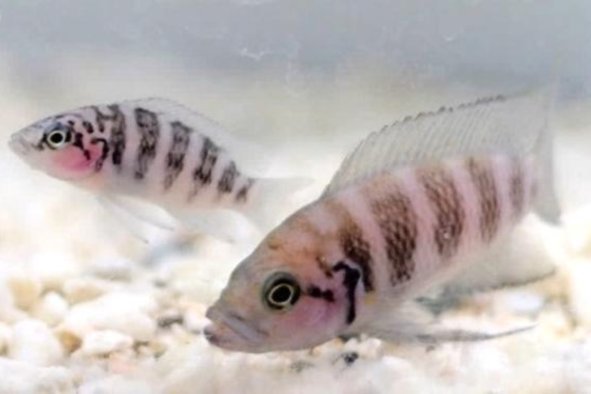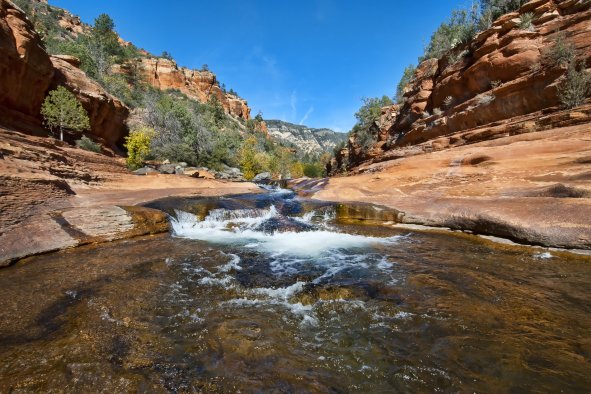Climate change could start causing significant algae blooms in the Arctic, as more sunlight reaches the plants lurking in the ocean, turning the waters green.
A new study has found that more light is reaching algae beneath the ice due to global warming, which could have profound implications for the Arctic ecosystem.
In the study, published in Geophysical Research Letters, researchers note that as Arctic ice continues to thin, more sunlight is penetrating the surface, reaching algae that reside below. This increased light penetration is accelerating the growth of these algae, particularly during the spring bloom, the study says.
"As ice and snow gets thinner, more light penetrates to the bottom of sea ice," Julienne Stroeve of the University of Manitoba and the University of Colorado said in a statement. "This changing light regime has the potential to impact the entire marine ecosystem, which all begins with algae."
Researchers used satellite data from CryoSat-2 and other sources to allow for detailed mapping of light penetration under the ice.
Overall, they found that alterations in snow depth changed the timing of the algae blooms. In particular, they found that less snow meant earlier blooms in the season. Over the past 40 years, less snow has already led to earlier blooms in the central Arctic, the study reported.
"Unlike in the open ocean, we can't see the algae within sea ice from space," Karley Campbell of the University of Tromsø in Norway said in a statement. "What we can do is start by estimating light availability. Light, harvested by ice algae to make organic compounds in photosynthesis, is a major factor driving marine production. If we can map the light reaching the algae, we can get an idea of when and how much they might bloom."
Algae is important to the food chain in the Arctic, however too much can have negative effects on the ecosystem.
There are concerns about the long-term impacts. As sea ice continues to decline, the spatial and temporal distribution of algae could change, potentially disrupting existing ecological balances. Moreover, rapid algae growth could deplete the nutrients in surface waters, leading to shifts in species distributions and behaviors over time.
The ongoing warming of the Arctic and the resultant ecological changes underscore the need for continued monitoring and research. Understanding how these changes affect not just the Arctic but global climate patterns is crucial for developing new climate mitigation strategies, the authors note.
"This unprecedented use of satellite data benefits our knowledge of the rapidly changing Arctic ecosystem," Stroeve said. "Understanding the photosynthetically active radiation that penetrates sea ice will support wider studies to understand just what is happening to life in the Arctic Ocean due to climate change."
Do you have a tip on a science story that Newsweek should be covering? Do you have a question about algae? Let us know via science@newsweek.com.
Disclaimer: The copyright of this article belongs to the original author. Reposting this article is solely for the purpose of information dissemination and does not constitute any investment advice. If there is any infringement, please contact us immediately. We will make corrections or deletions as necessary. Thank you.



